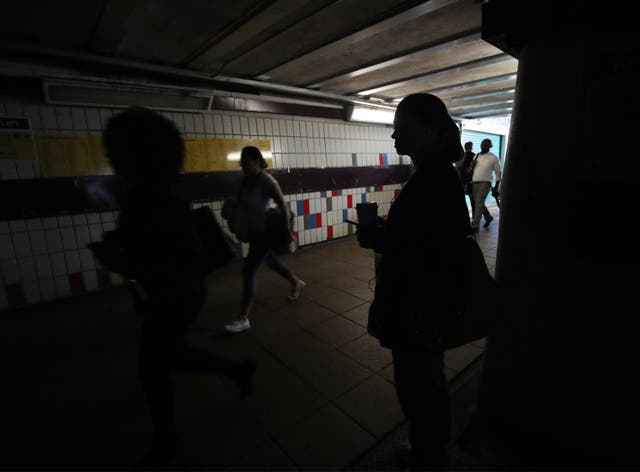
Energy network protection systems worked “in line with their design” during the August 9 power cut, but security standards should be reviewed to determine if higher levels of resilience would be appropriate, a report into the incident by National Grid has concluded.
The technical report to Ofgem into the events of the afternoon of August 9 that left approximately one million customers without power recommends that communication processes and protocols, in particular during the first hour, should be reviewed for any future event.
It also said that no critical infrastructure or services should placed at undue risk of disconnection by being on the low frequency demand disconnection (LFDD) scheme.
The LFDD is an automatic defence measure installed on distribution networks and designed to save the system from a complete collapse.
The report said the “significant” consequences of the event included 1.1 million electricity customers being left without power for between 15 and 45 minutes and major disruption to parts of the rail network, including blocked lines out of Farringdon and Kings Cross stations along with wider cancellations and significant delays affecting thousands of passengers.
A major contributor to the disruption related to the particular class of train operating in the South East area – approximately 60 trains unexpectedly shut down when the frequency dropped below 49Hz, half of which required a visit from a technician to restart.
Impacts upon other critical facilities included Ipswich hospital, which lost power due to the operation of their own protection systems, and Newcastle airport, which was disconnected by the LFDD scheme.

The report said electricity systems were working “as normal” prior to 4.52pm on August 9, when a lightning strike on a transmission circuit followed by “almost simultaneous unexpected power losses” at two plants caused blackouts.
The outages at Hornsea offshore wind farm and Little Barford gas power station occurred independently and the scale of generation loss meant that the level of back-up power required under regulations was insufficient to cover the loss.
As a result, the system automatically disconnected customers on the distribution network, with about 5% of electricity demand being turned off to protect the other 95%.
All supplies were restored by around 5.40pm.
A National Grid Electricity System Operator (ESO) spokesman said: “We have been working hard, in parallel with colleagues across the industry to understand the causes of the August 9 power cuts and why it caused disruption to services across Great Britain.
“We have now published the final technical report submitted to our regulator Ofgem, which confirms the rare circumstances that led to the power cut and how the electricity system operated as it should and within the operational guidelines by which we are governed.
“We welcome Ofgem’s response and the opportunity to submit further reports to the Energy Emergencies Executive Committee inquiry, making sure any lessons learned and changes made are in the best interests of the consumer.”

Enjoy the convenience of having The Sunday Post delivered as a digital ePaper straight to your smartphone, tablet or computer.
Subscribe for only £5.49 a month and enjoy all the benefits of the printed paper as a digital replica.
Subscribe